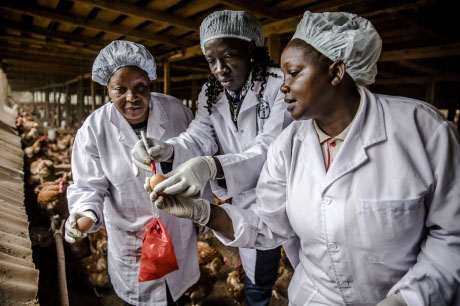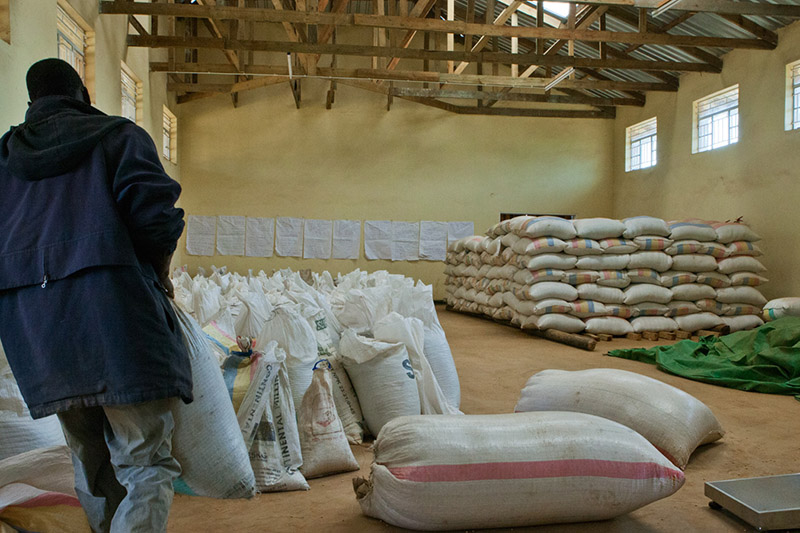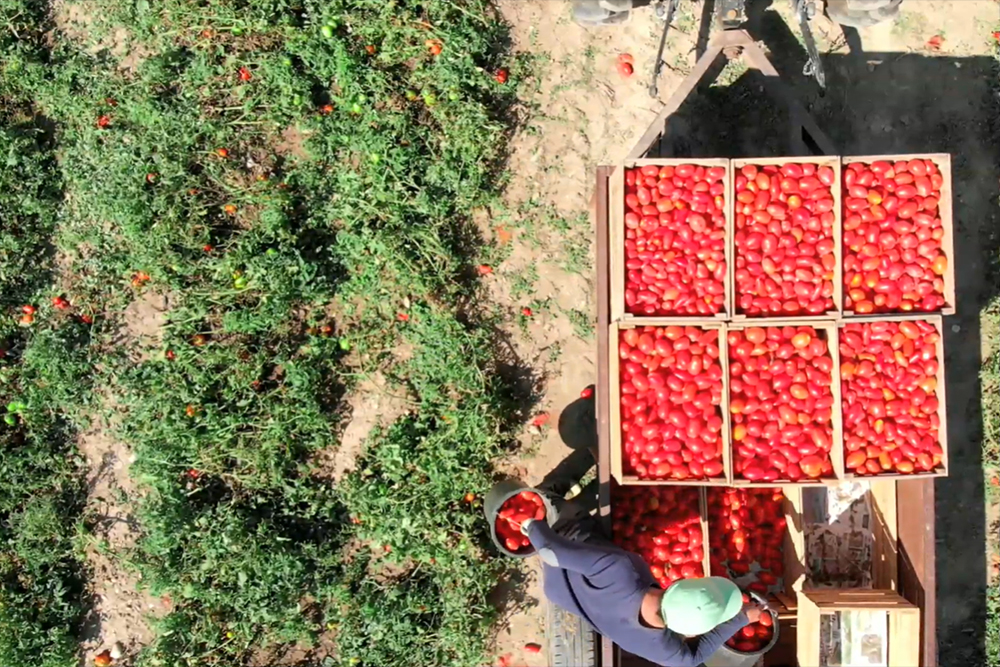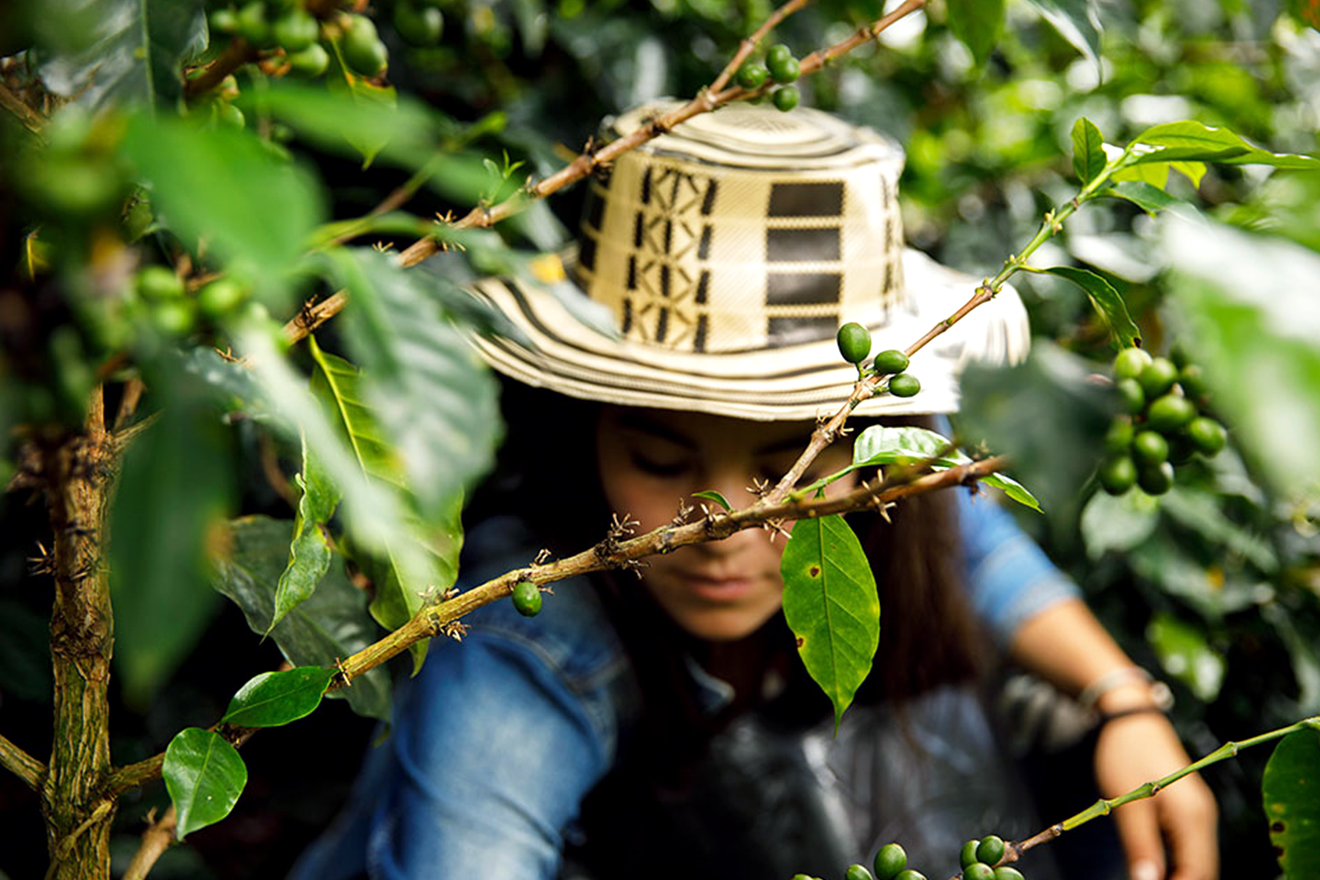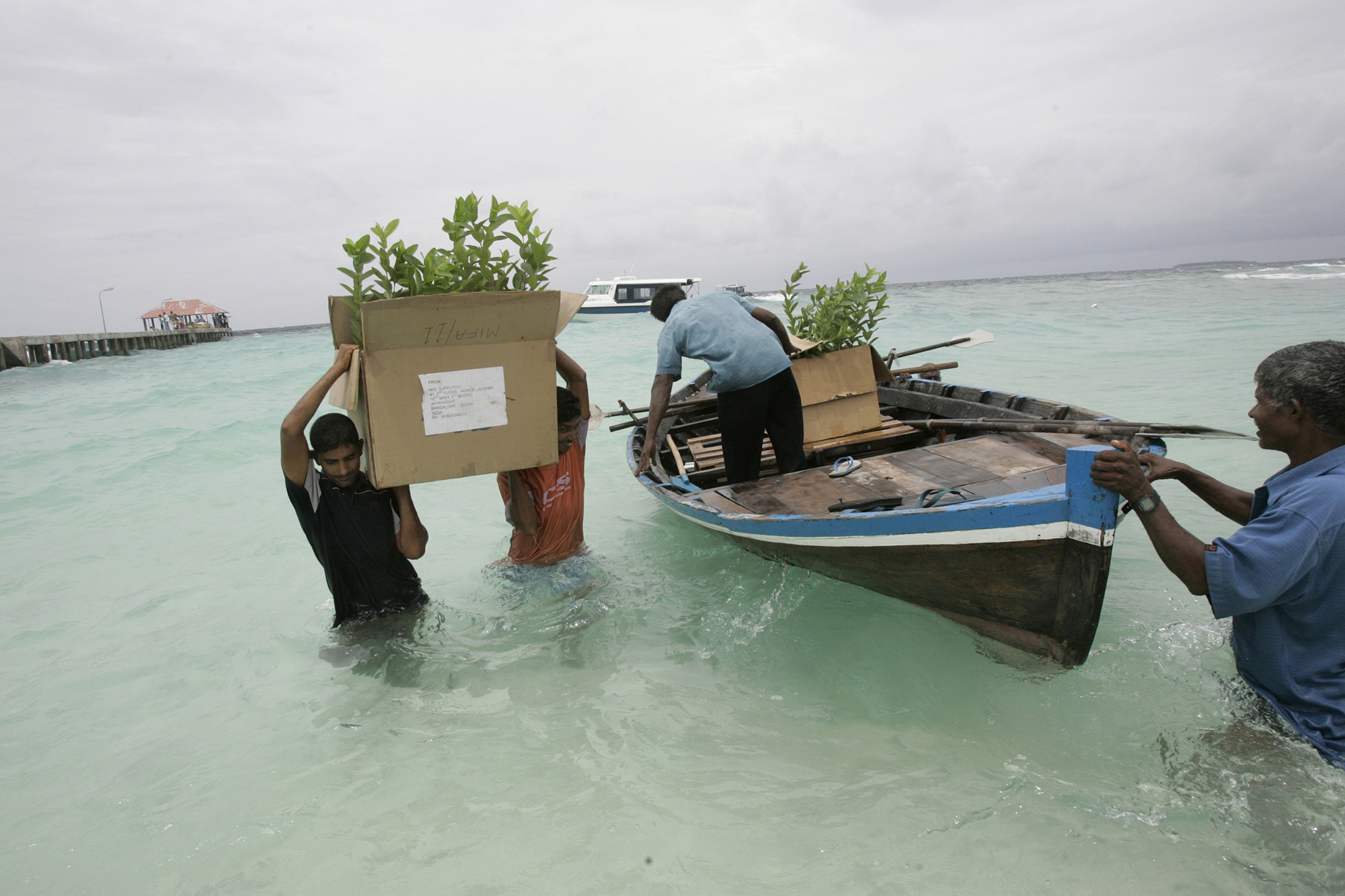The misuse and overuse of antimicrobials, including antibiotics, is causing a growing problem called antimicrobial resistance. Every time we use antimicrobials to treat infections - in people, animals and plants - these germs have a chance to adapt to the treatment, making those medicines less effective over time. These resistant germs can cross borders and continents, spreading between people, animals and the environment. Because of this, the world’s farmers have a key role in fighting antimicrobial resistance.
Agriculture and Food
We need food, but the way we eat, particularly in developed nations, is killing both us and the planet. Diseases from meat and dairy-based diets are exploding, while more than 820 million people lack sufficient food. The way we produce our food is corroding a sustainable future. Industrial food production releases a quarter of all greenhouse gases. UNDP works across the globe, and at all levels of society, to encourage sustainable agriculture.
A Geographical Indication (GI) is a label used on goods that have a specific geographical origin, highlighting their unique local features, history or distinctive characteristics. Parmigiano-Reggiano and Colombian coffee are famous examples.
Food losses occurring between harvest and retail sale, also known as post-harvest losses, are a key challenge undermining food security and income generation in many developing countries and one that IFAD is committed to alleviate.
They may be small, but they are mighty. Wreaking havoc on crops, locusts are one of the oldest migratory pests in the world and a serious threat to agricultural production and food security. FAO’s eLocust3 is a handheld tablet and custom app that records and transmits data in real time via satellite to the national locust centres and to the Desert Locust Information Service (DLIS) in Rome. FAO’s around-the-clock monitoring of data and satellite imagery allows for the creation of forecasts up to six weeks in advance.
Palestinian Refugee Engineer Pioneers Hydroponic Farm in Northern Gaza
The film uses the iconic words and voice of humanitarian, activist and poet Maya Angelou and her acclaimed poem 'Still I Rise' to showcase the day in a life of various women food producers.
And why do we throw away so much food? Check our new #SOFA2019 Report to see what each of us can do.
Explore the economy data, which provide objective measures of business regulations for local firms in 190 economies. Doing Business 2020 - Sustaining the pace of reforms.
Food loss and waste is a global issue. When considering actions and policy options, the report argues that food loss and waste reduction should be seen as a way to achieve other objectives, notably improved efficiency in the food system, improved food security and nutrition, and improved environmental sustainability.
Chronic malnutrition affects about a third of children in the Likouala region. But ‘Maman Véronique’, as she is known in her village, was determined to understand what was happening and to change the fortunes of Mbandza’s children.
With advances in genomics, it has become possible to estimate the breeding potential of an animal, simply by looking at its DNA – or genome map.
While one in nine people goes to bed hungry every night, one-third of the food produced for human consumption is lost or wasted. Wasting food also increases greenhouse gas emissions and contributes to climate change.
The Comoros imports about 70 percent of its food, and half of the people do not have enough to eat. With help from FAO, farmers have set up poultry groups and over 250 henhouses.

